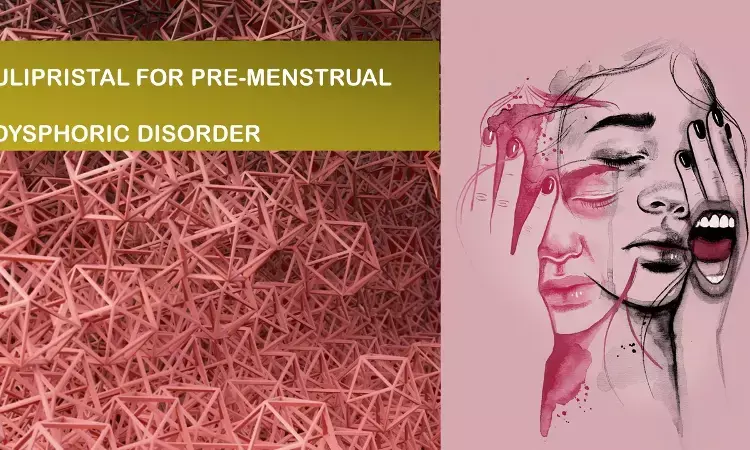- Home
- Medical news & Guidelines
- Anesthesiology
- Cardiology and CTVS
- Critical Care
- Dentistry
- Dermatology
- Diabetes and Endocrinology
- ENT
- Gastroenterology
- Medicine
- Nephrology
- Neurology
- Obstretics-Gynaecology
- Oncology
- Ophthalmology
- Orthopaedics
- Pediatrics-Neonatology
- Psychiatry
- Pulmonology
- Radiology
- Surgery
- Urology
- Laboratory Medicine
- Diet
- Nursing
- Paramedical
- Physiotherapy
- Health news
- Fact Check
- Bone Health Fact Check
- Brain Health Fact Check
- Cancer Related Fact Check
- Child Care Fact Check
- Dental and oral health fact check
- Diabetes and metabolic health fact check
- Diet and Nutrition Fact Check
- Eye and ENT Care Fact Check
- Fitness fact check
- Gut health fact check
- Heart health fact check
- Kidney health fact check
- Medical education fact check
- Men's health fact check
- Respiratory fact check
- Skin and hair care fact check
- Vaccine and Immunization fact check
- Women's health fact check
- AYUSH
- State News
- Andaman and Nicobar Islands
- Andhra Pradesh
- Arunachal Pradesh
- Assam
- Bihar
- Chandigarh
- Chattisgarh
- Dadra and Nagar Haveli
- Daman and Diu
- Delhi
- Goa
- Gujarat
- Haryana
- Himachal Pradesh
- Jammu & Kashmir
- Jharkhand
- Karnataka
- Kerala
- Ladakh
- Lakshadweep
- Madhya Pradesh
- Maharashtra
- Manipur
- Meghalaya
- Mizoram
- Nagaland
- Odisha
- Puducherry
- Punjab
- Rajasthan
- Sikkim
- Tamil Nadu
- Telangana
- Tripura
- Uttar Pradesh
- Uttrakhand
- West Bengal
- Medical Education
- Industry
Premenstrual dysphoria: ulipristal acetate emerges as a novel therapeutic agent.

Fluctuations in ovarian steroids, in particular progesterone, are thought to underlie the pathophysiology of Premenstrual dysphoric disorder (PMDD) that is characterized by mood lability, irritability, anxiety, and depression. Comasco et al in the December issue of the American Journal of Psychiatry have shown in a proof-of-concept RCT that ulipristal acetate (UPA) could be a useful treatment for PMDD, particularly for the psychological symptoms.
PMDD is a common mood disorder occurring in 3%-25% of reproductive-age women. According to DSM-5, it is characterized by distressing affective, behavioral, and somatic symptoms in the late luteal phase of the menstrual cycle. Supporting the etiologic role of progesterone hormone in PMDD are the temporal relationship with progesterone during the menstrual cycle, symptom relief during gonadotropin-releasing hormone (GnRH) agonist–induced anovulatory cycles, the reinstatement of symptoms when add-back progesterone (and estradiol) is administered together with GnRH agonists, and findings of progestin-induced mood symptoms in postmenopausal women. The critical impact of acute variations in progesterone and estradiol on PMDD symptoms further supports the pathophysiologic role of fluctuations in ovarian steroids in PMDD.
UPA is a selective progesterone receptor modulator that acts as a progesterone antagonist in progesterone-responsive tissues, including the brain. UPA binds to progesterone receptors A and B with high affinity and interferes with progesterone receptor– mediated DNA transcription. Low-dose continuous UPA treatment leads to anovulation in approximately 80% of women with uterine fibroids; this effect and progesterone receptor antagonism are the suspected mechanisms for symptom relief in women with PMDD.
In this multicenter, double-blind, randomized, parallel-group clinical trial Comasco et al 95 women with PMDD were treated with either 5 mg/day of UPA or placebo during three 28-day treatment cycles.
The primary outcome was the change in premenstrual total score on the Daily Record of Severity of Problems (DRSP) from baseline to end of treatment. DRSP scores were captured by daily ratings using a smartphone application and were analyzed with linear mixed models for repeated measures. Results: The mean improvement in DRSP score after 3 months was 41% (SD=18) in the UPA group, compared with 22% (SD=27) in the placebo group (mean difference 218%; 95% CI=229, 28). Treatment effects were also noted for the DRSP depressive symptom subscale (42% [SD=22] compared with 22% [SD=32]) and the DRSP anger/irritability subscale (47% [SD=21] compared with 23% [SD=35]), but not for the DRSP physical symptom subscale. Remission based on DRSP score was attained by 20 women in the UPA group (50.0%) and eight women in the placebo group (21.1%) (a statistically significant difference).
The present findings suggest that UPA is an effective treatment for PMDD, and particularly for the mental symptoms associated with the syndrome. The authors noted "we found significant treatment effects for the DRSP total score and the depressive symptom and anger/irritability subscales. Complete or partial remission was attained by 85% of women in the UPA treatment group. Improvements were noted in quality of life and self-reported depressive symptoms in both groups, although the improvement did not differ significantly between the treatment groups."
Concluding the study results, the authors noted, "UPA is a promising drug for treatment of PMDD, particularly for the psychological symptoms associated with the syndrome and as an alternative pharmacologic treatment to antidepressants for patients who do not respond or cannot tolerate selective serotonin reuptake inhibitors, the current standard of care. Moreover, the unique mechanism of action of this study, namely, modulation of progesterone receptors, provides insights into the potential molecular mechanisms underlying PMDD and its treatment."
Source: American Journal of Psychiatry: Comasco, Erika & Kallner, et al. Ulipristal Acetate for Treatment of Premenstrual Dysphoric Disorder: A Proof-of-Concept Randomized Controlled Trial. American Journal of Psychiatry. appi.ajp.2020.2. 10.1176/appi.ajp.2020.20030286.
M.B.B.S, M.D. Psychiatry
M.B.B.S, M.D. Psychiatry (Teerthanker Mahavir University, U.P.) Currently working as Senior Resident in Department of Psychiatry, Institute of Human Behaviour and Allied Sciences (IHBAS) Dilshad Garden, New Delhi. Actively involved in various research activities of the department.
Dr Kamal Kant Kohli-MBBS, DTCD- a chest specialist with more than 30 years of practice and a flair for writing clinical articles, Dr Kamal Kant Kohli joined Medical Dialogues as a Chief Editor of Medical News. Besides writing articles, as an editor, he proofreads and verifies all the medical content published on Medical Dialogues including those coming from journals, studies,medical conferences,guidelines etc. Email: drkohli@medicaldialogues.in. Contact no. 011-43720751


